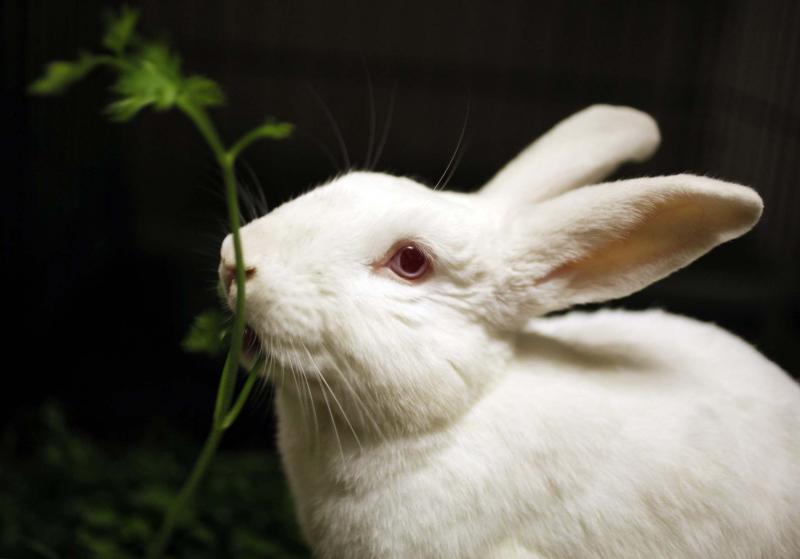Question: I am trying to determine what critter is digging tunnels around and under our carport. We had a Carolina carport installed 12 years ago that has a 10-foot by eight-foot closed building attached. This structure was placed on our stone driveway. Just this year, I noticed that something is tunnelling under the sides and corners, digging up through the stones. They have spent the winter, as we don’t go in and out too much then, creating large mounds of dirt and stone in front of my shelving units, which are in the enclosed part, as well as in corners.
I have filled the holes and they burrow right back. The entire outside back area is one long tunnel. What do I do to eliminate this problem? I plan to empty the enclosed area, treat it or do whatever necessary, and place shelving back in.
I seek advice, and appreciate your time to help me address this challenge!
— Cynthia Danna
Answer: Keeping small animals out of buildings requires diligence in finding the location of ingress and closing the openings. Trying to determine what type of critter is gaining entry may be pointless, and you should only concentrate your efforts on prevention rather than identification. This may be done in a number of different ways, depending on the several variables, but will require installation of a proper floor or base to achieve success.
Many small mammals, particularly rodents and rabbits, love to find winter shelter in garages, sheds, outbuildings and even our homes, if allowed. They will often spend the warmer three seasons outside, but will seek indoor habitation for the winter months. While a shed like yours will still be very cold in the dead of winter, it may be significantly warmer and drier than the climate outside. It may also provide a haven from predators, like cats and dogs, which may be more difficult to evade with snow on the ground. Also, you may have inadvertently left a source of food in the shed, like seeds, which will make the likelihood of unwanted winter residents much higher.
The first place to look is where the little pests are gaining entry into your shed. Since you can see the area where they are burrowing, that goal may already have been achieved. The following steps may be much more difficult, but will be critical for keeping your small building pest-free. Since the base that the shed is sitting on is crushed stone, it may be impossible to completely prevent tunnelling through this substrate. Even with well-compacted stone, it may become loose around the edges or erode from natural moisture in the surrounding area and soil beneath. So, replacing the base of the shed with other materials will be required.
The most effective means of supporting a small shed may be to lift it and install a poured-in-place concrete slab. While this may be the most costly option, it will allow you to secure the base of the shed directly to the concrete and install a foam gasket or caulking to seal it tight. This will not only keep any moisture from seeping underneath, it may not leave any gaps large enough for even the smallest rodent to sneak through. If this is too difficult or costly, other alternatives may be explored.
Another alternative to concrete is to install a wooden subfloor for the shed. This could sit directly on the existing stone driveway, or could be slightly recessed into the stone, if the shed cannot be easily lifted. The key to the success of that type of floor is to build it completely out of pressure treated materials. The floor framing must be pressure treated, preferably true Preserved Wood Foundation (PWF) lumber, with PWF plywood used for the sheathing. This is critical because regular lumber, even cedar, will be subject to quick rot and deterioration when sitting in or directly on the ground. The PWF lumber is specially treated to resist rot and insects and may last up to four decades without significant damage. The other benefit of this method, other than the lower cost, is that it may be quite easy to secure the base of the shed to this to ensure no openings are present which can allow intruders.
The other area which many homeowners do not realize is a good entry point for small animals are doors. Especially with a shed or garage, large doors are the norm. Since you have a building sitting on stone, there must be a significant gap below the door to allow for variations and movement in the adjacent driveway. Otherwise, your door would not be able to open properly for you to store equipment and tools. Since this gap is necessary for proper function, it may be nearly impossible to close this to the smallest mice. They may only need a hole the diameter of your pinkie to gain entry! So, pouring a solid concrete base, or building a treated wood floor, will allow a door threshold weather-strip to be installed at the bottom of the door. That will ensure that any openings will be minimized, while allowing the doors to properly function.
Discovering what type of small mammals are gaining entry to your shed may be possible, but may also be pointless, unless you put the small building on a proper base. Without a good floor, which will allow sealing the walls and door against openings, unwanted winter tenants will almost always be a certainty.
Ari Marantz is the owner of Trained Eye Home Inspection Ltd. and the past president of the Canadian Association of Home & Property Inspectors — Manitoba (cahpi.mb.ca). Questions can be emailed to the address below. Ari can be reached at 204-291-5358 or check out his website at trainedeye.ca.
trainedeye@iname.com




